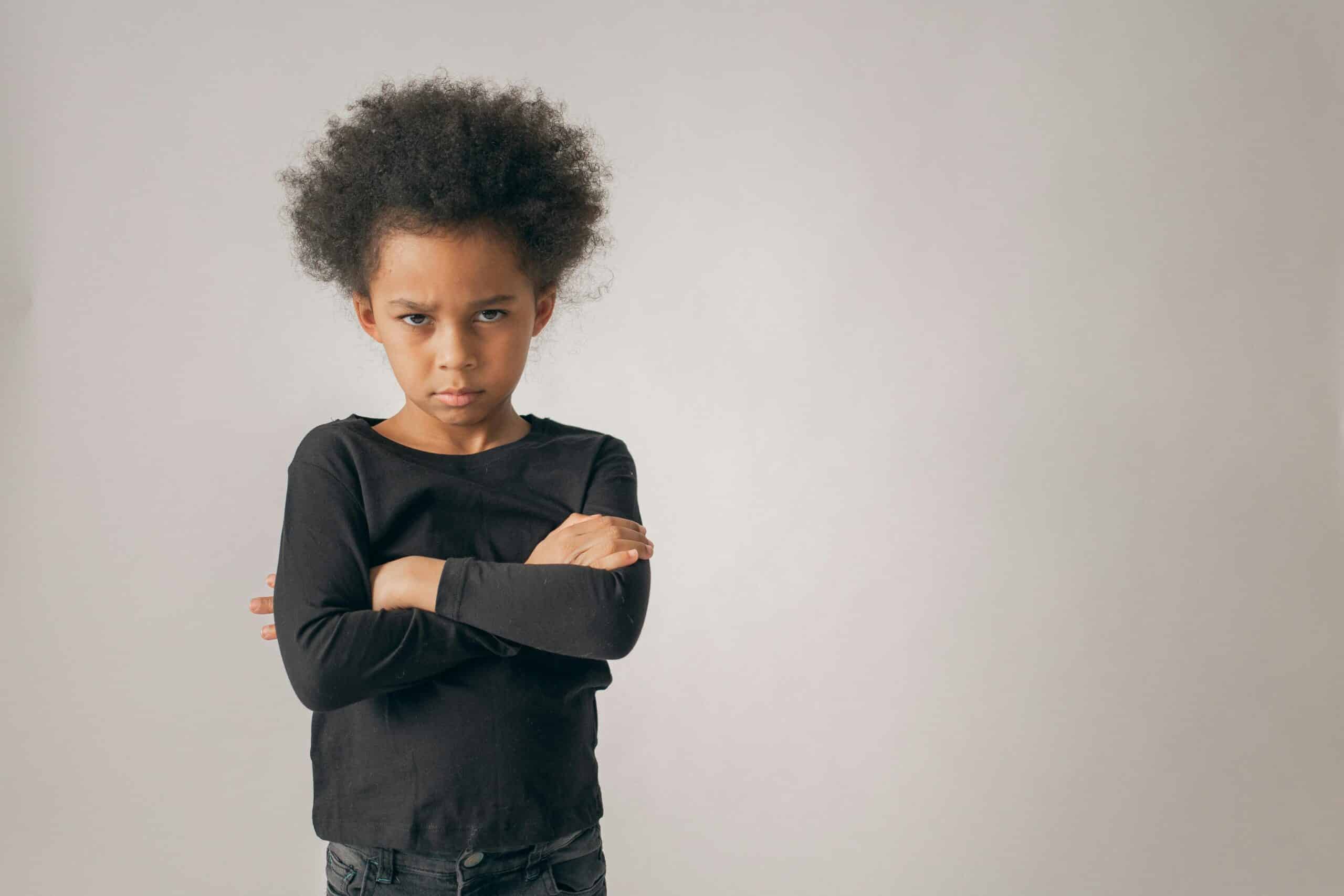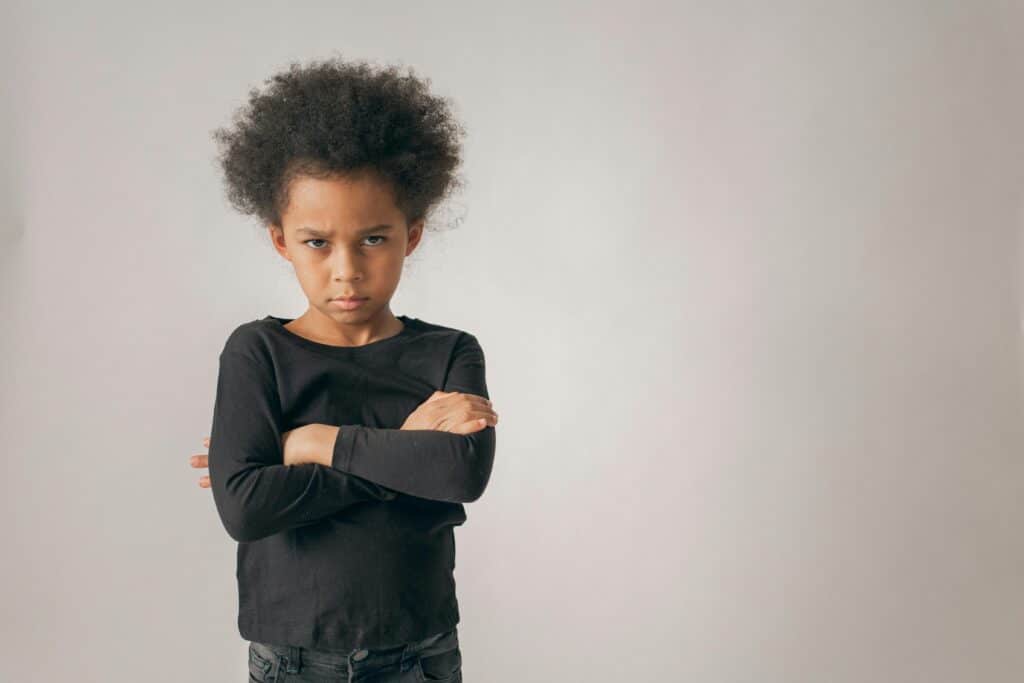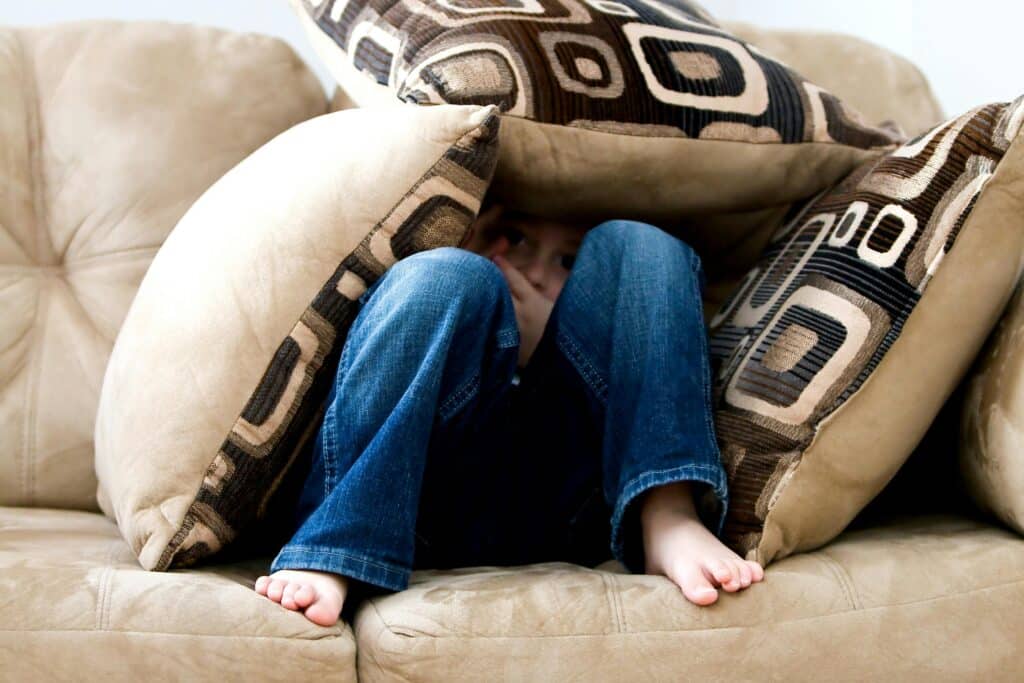June 02, 2025

Why You Need a Calm Down Corner in Your Classroom
rebekah
February 24, 2025
Teaching…a beautiful collage of pencil shavings, eager learners, and the occasional (okay, often) classroom meltdown.
Whether it’s a disagreement over crayons or a student feeling overwhelmed during an algebra lesson, you’ve probably faced moments where emotions run high. Wouldn’t it be nice to have a designated space to help students catch their breath and reset?
Cue the calm down corner – a teacher’s secret weapon for creating calm within the storm. It’s not just a cute classroom accessory. More than that, it’s a valuable tool for emotional regulation and fostering a positive learning environment.
But what exactly is a calm down corner, and how do you set one up effectively? Let’s talk about it.
What is a Calm Down Corner?

Picture this. It’s Monday morning, and chaos is already brewing in your classroom. Olivia can’t find her glue stick, Kyle spilled water all over his desk, and Mia is in tears because, well, no one knows why. You’ve barely had your coffee, and the day hasn’t even started.
This is where a calm-down corner comes in handy.
It’s not just a time-out spot with a rebrand. It’s a simple, yet effective way to create an environment in your classroom that helps students build emotional regulation skills while giving you, the teacher, a chance to focus on teaching without constantly putting out (emotional) fires.
A calm-down corner is a designated spot in your classroom where students can go when they’re feeling overwhelmed, upset, or in need of some emotional grounding. It’s not about punishment or isolating students; it’s about giving them the tools to regain control of their emotions on their own terms. Think of it as a time-in, rather than a time-out.
What is a Calm Down Corner Used For?
This corner goes beyond placing a chair near the window and calling it a day. It can include sensory tools, prompts, and activities designed to help students express and handle their emotions. From stress balls and fidget toys to calming visuals and simple breathing exercises, these items act as tools to guide students back to balance.
It’s especially useful for younger kids who may not yet have the vocabulary to explain what they’re feeling. Instead of acting out, they have a space where they can process their frustrations in a more productive way.
And don’t think this is reserved for preschoolers or elementary students. Even high schoolers can benefit from a discreet space to take a quick reset.
The magic of a calm down corner is that it doesn’t remove students from learning—they come back more able to actively participate. It also shows students that emotions are not something we avoid or suppress but something we handle and learn from. That, right there, is one of the most valuable lessons you can teach them.
How to Set Up Your Calm Down Corner

Setting up a calm down corner in your classroom doesn’t have to be complicated or expensive, but it does require some thought and intention. After all, this is a space meant to help students regain their composure, not just another cluttered classroom nook.
Here’s how you can create one that fits your style and serves your students best:
Choose the Right Location
First things first—location matters. Begin by finding a quiet, low-traffic area in your classroom.
Avoid spots near distracting elements like doors, windows, or noisy supplies. Think cozy and tucked away but still within your line of sight. You want the students using it to feel secure and undisturbed while maintaining visibility for supervision.
Add Calming Visuals and Prompts
Sometimes, kids don’t know what they’re feeling or how to process it. A well-designed calm down corner includes visuals or step-by-step prompts to guide students through calming activities.
Posters illustrating breathing exercises (like “smell the flower, blow out the candle”) or emotion charts (“How are you feeling right now?”) can make all the difference.
Create Clear Guidelines for Its Use
Here’s where you lay the groundwork for success. Make sure your students know when and how to use the calm down corner. Explain that it’s a privilege, not a hideout for avoiding math homework.
Create simple, clear rules—like a five-minute time limit or one student at a time. Also, emphasize that the space is meant to help them, not punish them.
Personalize It for Your Classroom
Every classroom is a totally different animal, so tailor your calm down corner to match what your students need. If you teach younger kids, it might be more sensory-heavy with colorful tools and visuals. For older students, keep the design simple and focus on privacy with calming, minimalist elements.
Keep It Stocked and Fresh
Over time, tools will wear out or lose their charm. Keep your calm down corner enticing by swapping in new items occasionally—a fresh pack of crayons, a new stress toy, or updated breathing prompts. You don’t have to break the bank, but keeping it well-maintained shows students that you care about their emotional well-being.
Once your calm down corner is ready, introduce it to your class with a quick overview and maybe a fun demo. Show them how the space is meant to help them and how they can use it effectively. Trust us, both you and your students will feel the positive ripple effects.
Check in After Use
While students should use this space independently, a quick check-in can make a big difference once they rejoin the class. A simple, “How are you feeling now?” or “What helped you feel better?” shows care and reinforces that this space is about emotional growth.
Other Strategies for Teaching Emotional Regulation

While the calm down corner is a fabulous strategy, it’s just one tool in a well-stocked toolbox. You’ve got tons of options to help your students work through big feelings and build emotional skills.
Focus on Preventive Measures
The best way to manage emotional challenges is to catch them early. Integrate daily check-ins, where students rate their mood or share one word about how they’re feeling. It builds emotional awareness and helps you spot trouble before it starts.
Teach the Lingo
Don’t just assume kids know how to describe what they’re feeling. For some, “mad” might actually mean “frustrated,” “confused,” or even “embarrassed.” Take time to teach emotional vocabulary, making complicated emotions easier for students to articulate.
Try Journaling Techniques
Sometimes kids need a moment to sort their thoughts quietly. Provide journaling opportunities where students can “write it out.” For younger kids, drawing pictures of their feelings works well, too. This lets students express themselves without feeling like they’re under a microscope.
Practice Mindfulness Together
Simple breathing exercises or quick meditations can do wonders for an off-track class. Introduce short mindfulness sessions after recess or during transitions. Over time, students will begin to independently use these methods to self-soothe.
Conflict Resolution Strategies
Help your students learn to resolve conflicts before they escalate. Teach communication approaches like “I feel” statements or problem-solving techniques where both kids work toward a win-win solution. These moments aren’t just critical for classroom harmony—they’re key life skills.
Create Happy Classrooms With the Stanfield Company
At the Stanfield Company, we totally get it—teaching emotional regulation in the classroom can feel like an uphill battle.
That’s why we’ve dedicated ourselves to providing the tools and resources to help you create happier, healthier classrooms.
You’ve got your students’ back. And we’ve got yours.
rebekah
Latest posts
ALL POSTSFebruary 10, 2025


